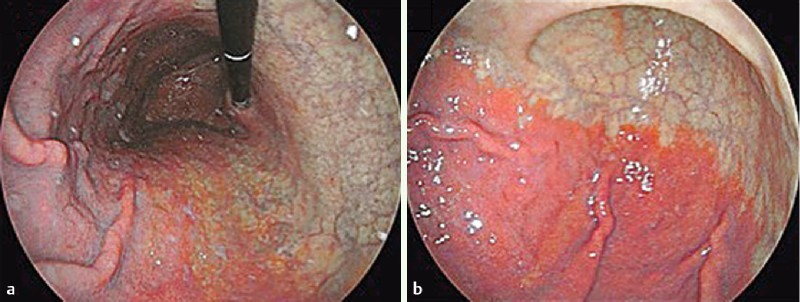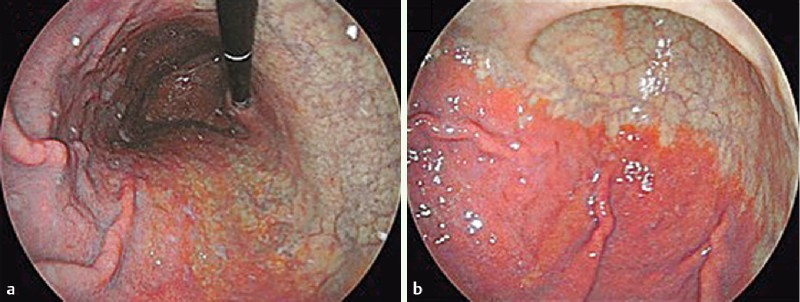Helicobacter Pylori the bacteria that stay alive in gastric acid and the bacterial infection that causes stomach ulceration and cancer.
Pathophysiology of The ulceration in upper part of GI tract, duodenum and stomach caused due to Helicobacter Pylori infection and its treatment.
Our stomach produces hydrochloric acid, the gastric parietal cells inside the stomach produce Hydrochloric acid, the PH in this point is about 1 to 2. Highly acidic. If the inner tissue comes in contact with the acid, and the pepsin enzyme which is there in the stomach for food digestion. Stomach will get burned and the stomach wall will get burned in the acid, causing serious damage to the stomach. This does not happen in normal situations because to protect our stomach from acid acid resistant sticky mucus layer is present inside the stomach. Mucus layer protects our stomach from highly corrosive hydrochloric acid and proteolytic enzymes in the stomach.
Helicobacter pylori: Pathophysiology of H.pylori infection and its infection and treatment.
The bacteria Helicobacter pylori, is capable of lodging itself in the thick mucus lining of the stomach and penetrate in the gastric epithelial cells lining causing them damage. At the point of infection of H.pylori. It causes tissue erosion and ulceration, exposing tissues inside the stomach wall. The ulcer is called peptic ulcer as it is caused by the action of proteolytic enzymes on the stomach, the pepsin and hydrochloric acid.
Helicobacter pylori is capable of growing even at the highly acidic Hydrochloric acid secretion and surrounding highly acidic environment, due to its capability to produce the enzyme urease that produces ammonium ions and bicarbonate ions from urea.These ions neutralises the surrounding Hydrochloric acid. Surrounding area is not affected with HCL as this creates a buffer system that increase the PH. This favours the Helicobacter Pylori, a favourable environment to multiply and lodge deep in the stomach tissue, eating up the stomach lining. This results in gastric ulceration, if this remains untreated. The gastric ulceration or peptic ulcers turned into serious diseases like gastric cancer.
H.pylori infection remains undetected or unnoticed asymptomatic for life time. And is detected when ulceration is formed in the stomach.
Symptoms of H.Pylori ulceration:
Severe abdominal pain, Stomach Heartburn
Decreased appetite,
Weight loss.
Iron deficiency anemia,
Blood in the sputum, Nausea and vomiting.
No sense of taste.
Frequent Burping.
Bloating.
Diagnosis of Helicobacter Pylori Infection:
Diagnostic tests for H. pylori:
Treatment of H. Pylori Infection:
Following Antibiotics are used in combination of two, to treat H. pylori infection.
Antibacterial antibiotic in combination with proton pump inhibitor.
1) Antibacterial antibiotic in combination: Amoxicillin, clarithromycin
2) Antibacterial antibiotic in combination with Anti-fungal agent: Tetracycline and Metronidazole.
3) Antibacterial antibiotic in combination with Anti-fungal agent: Amoxicillin, clarithromycin and Metronidazole
4) Antibacterial antibiotic in combination with proton pump inhibitor: Rifabutin and amoxicillin and omeprazole.
5) Bismuth Subsalicylate: It is mild antacid and owing to its constituent salicylic acid, it is also an antimicrobial agent for treating Helicobacter Pylori infection, in stomach due to highly acidic PH antibiotics like amoxicillin clarithromycin lose its efficacy but the bismuth subsalicylate, remains active for neutralization of acid with bismuth and providing antibacterial action by free salicylic acid, in vivo.
It depends on the condition of the patient the doctor has to decide on the line of treatment.
It is advisable to use two antimicrobial antibiotics in combination and metronidazole in a sequential dosage, and proton pump inhibitor Omeprazole.


Leave a Reply